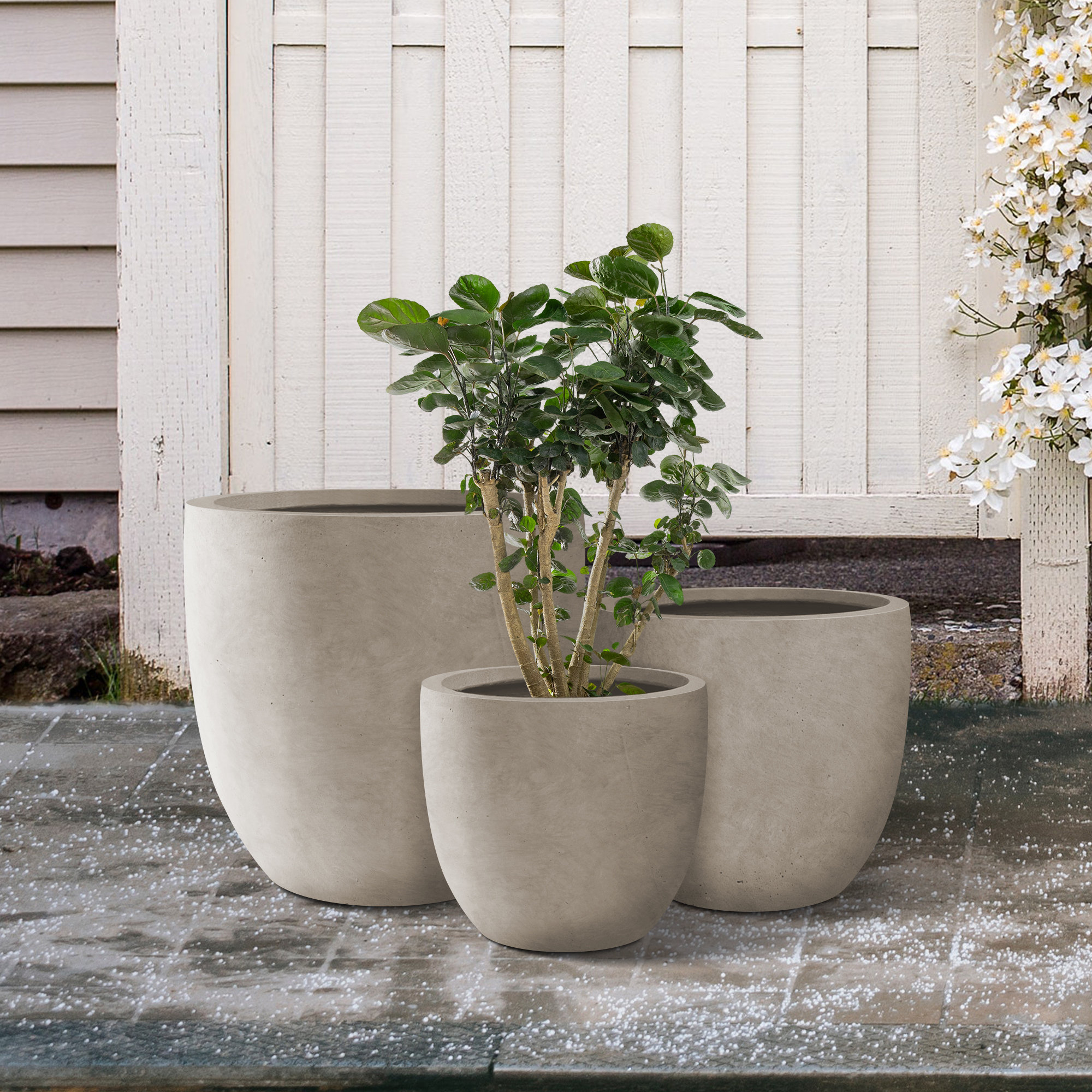Container gardening for beginners – how to create pots of long-lasting color for every season
Begin your container gardening adventure with our expert tips, inspiration and plant suggestions


Container gardening is one of the most exciting, versatile and fulfilling ways of packing our yards with interest and color. The great thing about container gardening is you have an almost infinite color palette to play with, from vibrant shades to calm, cool plants with silver-toned foliage, funky grasses and languidly trailing greenery.
It is also a great way of gaining green-fingered confidence and discovering the true potential of a wide range of plants if you are new to gardening, and for those who don't have a large outside space. It can be a bit daunting, so before you start buying and planting, do some research to decide on the container gardening ideas or container garden trends you like and try not to be distracted by the myriad varieties, shapes and shades available,
I started my gardening journey helping my dad plant up his patio pots every summer when I was a child, and it is still one of my favourite outdoor pastimes. Follow our tips below to create beautiful, color-packed containers and baskets for your yard, while avoiding the most common container gardening mistakes.
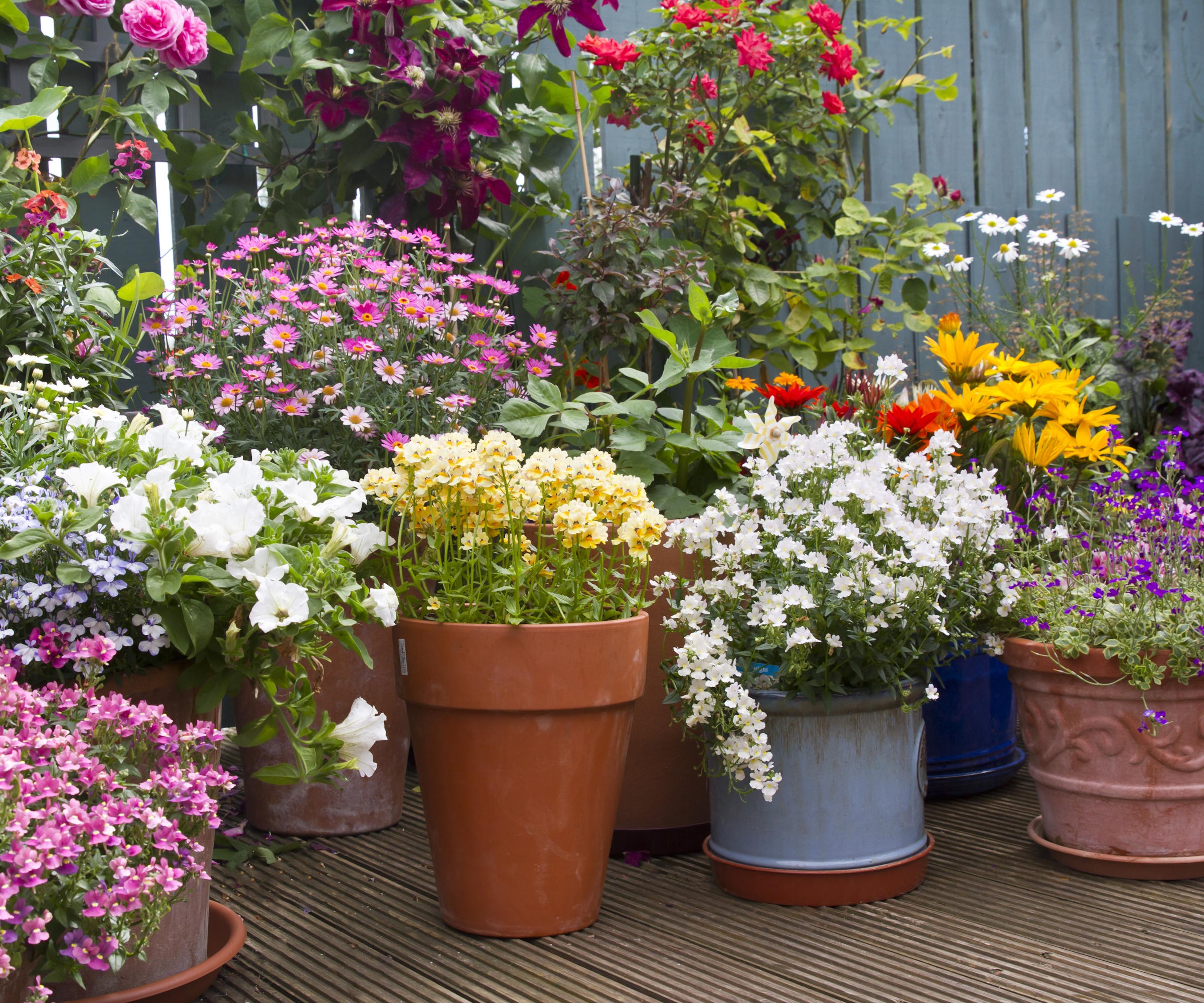
There is so much versatility when it comes to growing in containers
Container gardening shopping list
Before you start your container gardening adventure, draw up a list of the tools and equipment you will need. These will include:
- A container of your choice: See below for some container shopping inspo.
- Crocks: To line the base of the container. Brocken crockery or gravel works well.
- Potting soil: This needs to be rich in nutrients and free draining so the pots don't get waterlogged. I like this organic potting soil by Espoma, on Amazon, which can be used for edibles as well as flowering plants.
- Water storing crystals: These make watering easier as they hold onto and release a steady flow of moisture when plants need it. This 5lb tin of crystals on Amazon will last a long time.
- Fertilizer: You need two varieties. A general purpose one like Miracle Gro Shake and Feed on Amazon for overall health, and a tomato fertilizer like Dynamite Mater Magic, also from Amazon, which is rich in potassium for greater flowering.
- Trowel: This popular heavy duty trowel by Edward Tools on Amazon is ideal for planting in a confined area
- Pot feet: These lift pots off the ground so excess water can escape. It prevents waterlogging, which forces oxygen from the potting soil and can kill your plants. This eight-pot set of invisible risers on Amazon fits the bill perfectly.
What type of container should I use?
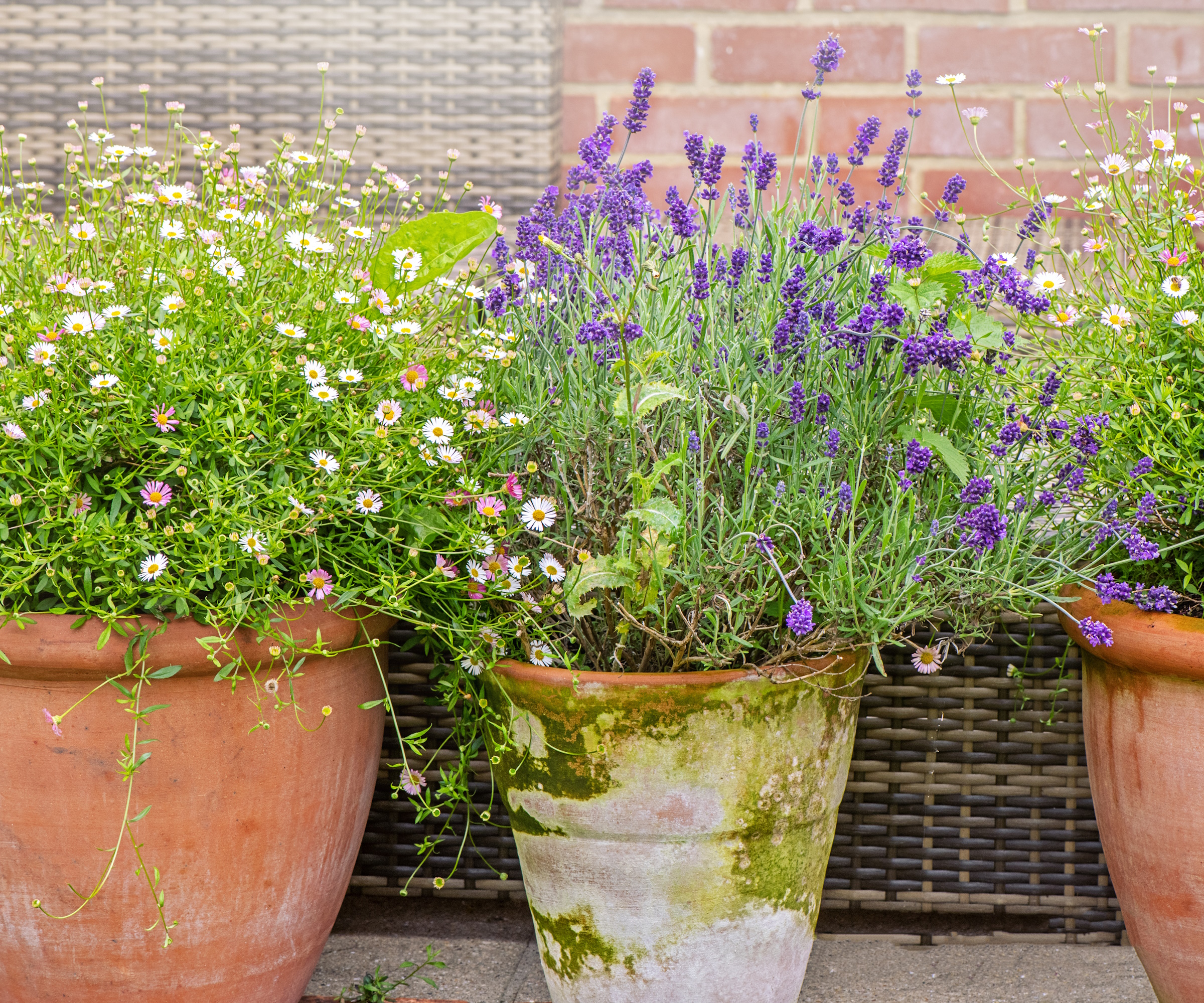
There is a planter for every style of backyard and for every position in your garden, and here are some suggestions with the pros and cons of each one:
- Classic terracotta: These pots never go out of fashion and often look better the older and more weathered they get. They come in a range of styles and sizes and most have been treated to be frost-proof to withstand sub-zero temperatures. However, if you live in a very cold hardiness zone it will be worth bringing them undercover in late fall.
- Wooden planters: either varnished or painted, are a smart and more rustic choice. Make sure the exterior wood has been treated with preservative so it lasts longer. They may need repainting or treating at the end of each summer.
- Metal: Metal gives a smart, contemporary look but the containers may be heavy to manoeuvre and get very hot in the sun. Watch out for rust.
- Lined wicker: These lend themselves to cottage gardens and gravel gardens. They are light, which makes them easy to move, but may need weighing down. They are not the longest-lasting option.
- Plastic: If you are on a budget, plastic containers are your go-to as modern ones can be absolute dupes for more expensive pot or metal. They are lighter than other materials, and can become fragile after several years of exposure to the sun.
- Unusual containers: There are almost no limits to what you can use as a container for growing plants, so dream big! Why not try old Wellington boots and watering cans, large vegetable tins or antique sinks? Scour junk yards and car boot sales for inspiration. We advise against using anything that once held chemicals or paints, and also old car tires as the rubber can leach toxins into the potting soil.
The best plants to grow in containers
Variety is key when it comes to planting up a garden container. The aim is to start with a central feature plant and work outwards to the trailing varieties that tumble attractively over the edge of your pots. Here are some of my favorite plants that work beautifully in containers.
Feature plants
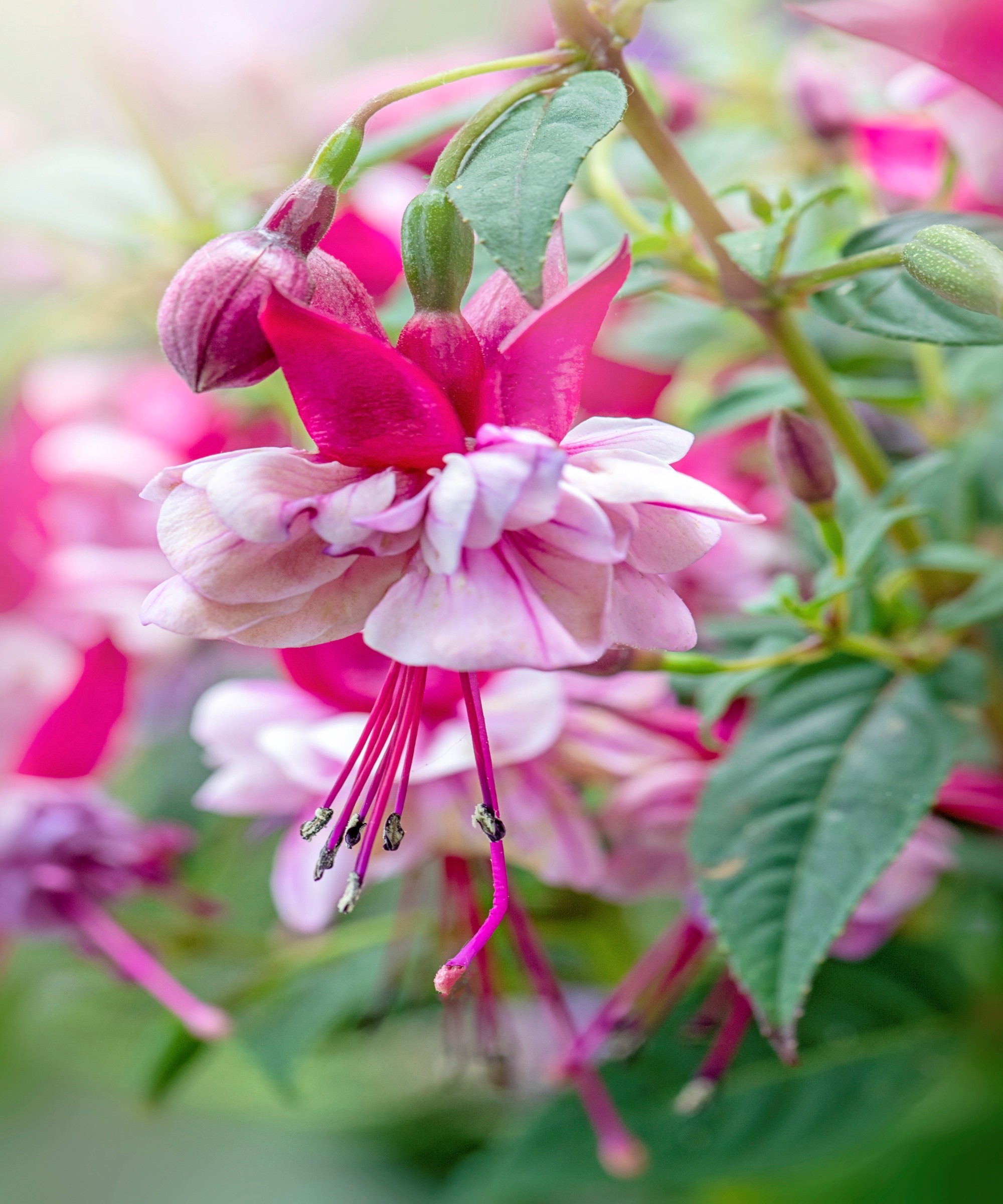
Exotic fuchsias make fantastic feature plants for your container
These are the tall plants that sit at the center of your container. For summer container planting, I usually go for something eye-catching like a fuchsia, pelargonium, osteospermum or salvia. Ornamental grasses and silver-leaved varieties add a cool contrast to the colorful mix and dark-leaved varieties of dahlias add wow factor too.
Colorful annuals
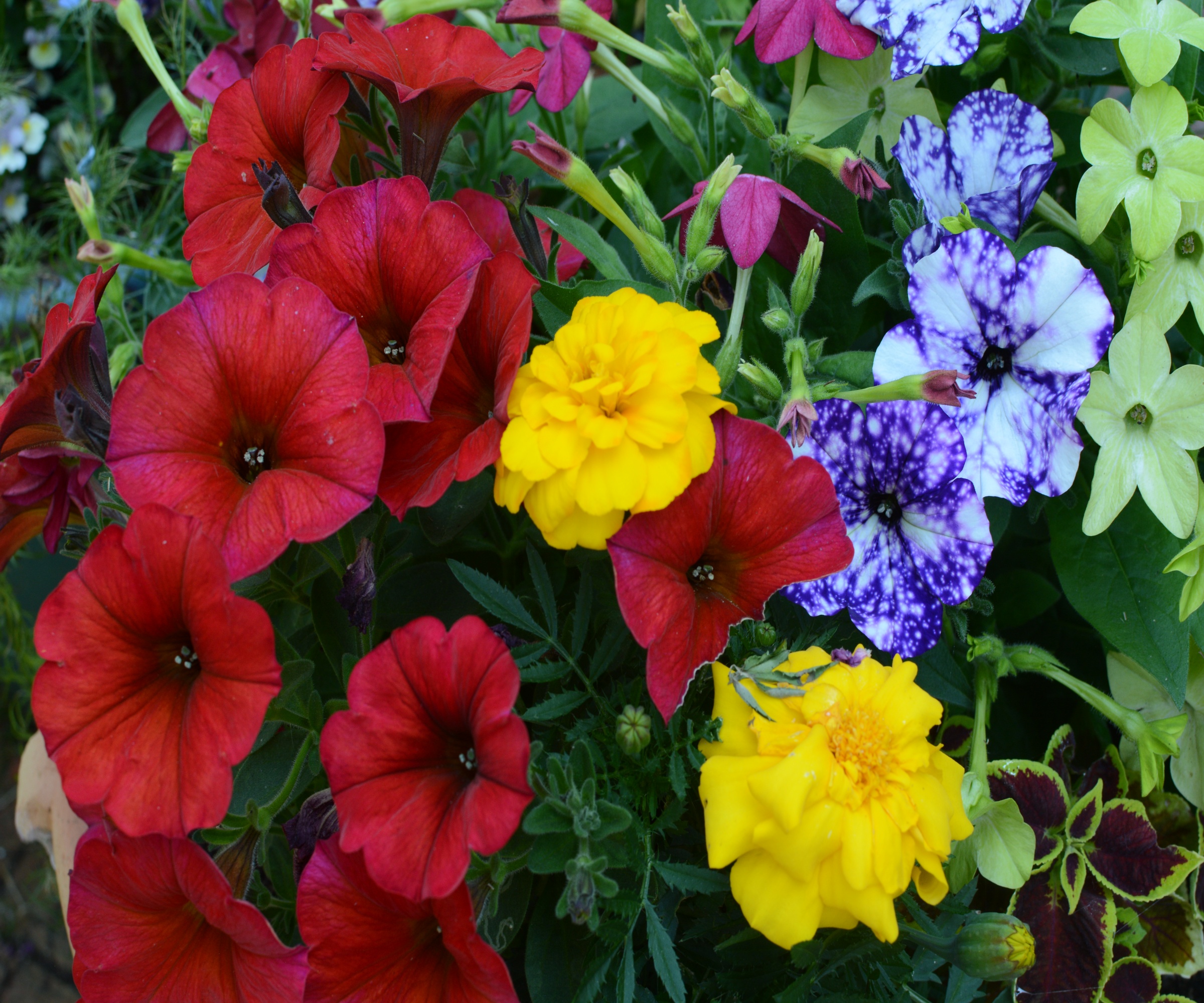
Colorful petunias in a container with marigolds and nicotiana
For an endless candy shop of color, look at petunias, begonias, marigolds, dwarf nicotiana, which is one of the best night-scented plants. Also try nemesia and verbena - to name just a few.
Trailing plants
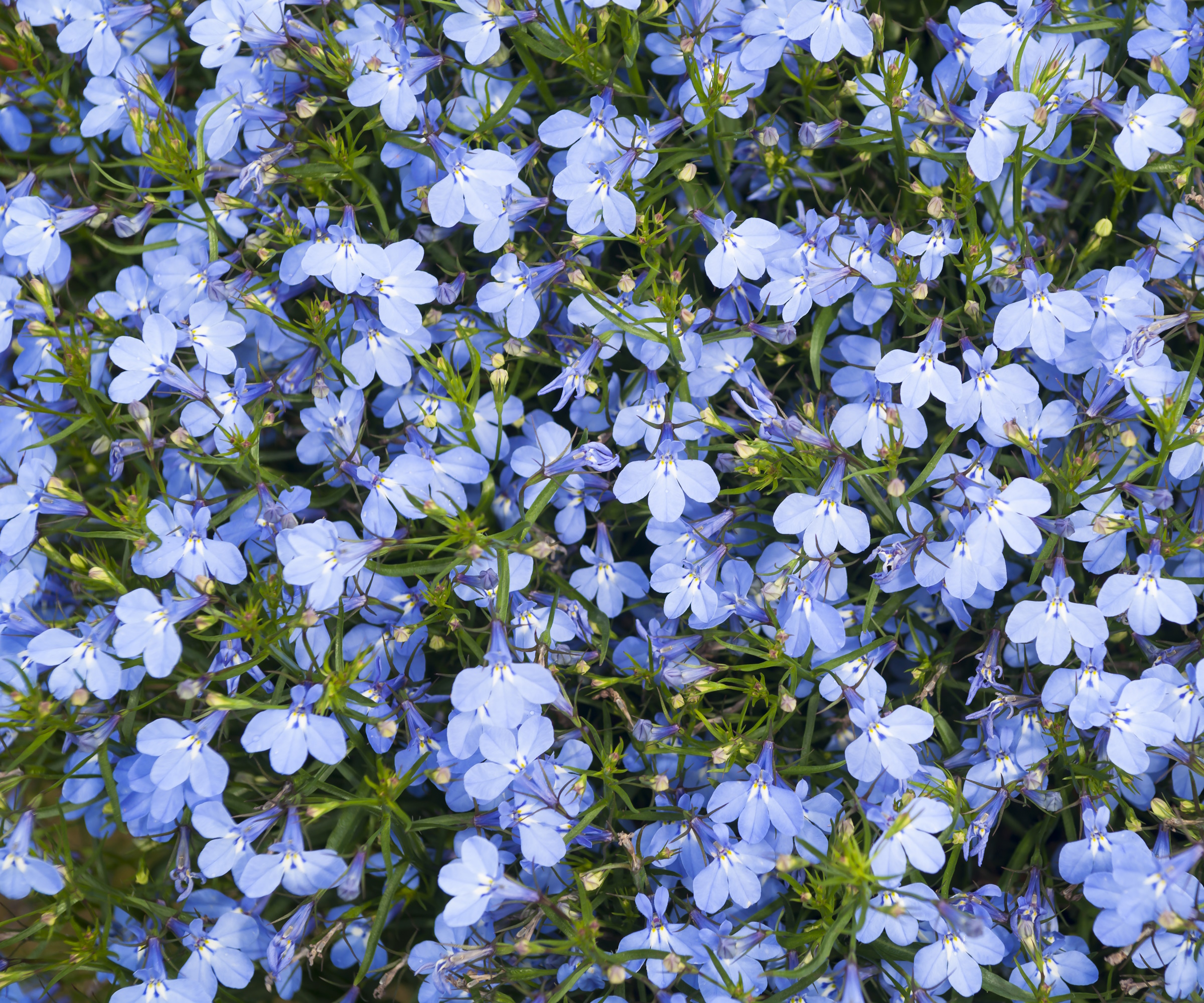
Pretty lobelia is a wonderful trailing plant that comes in a variety of shades
Lobelia, trailing varieties of petunia, fuchsia, pelargonium and creeping Jenny are some of the best trailing plants for the edge of containers.
I also like to break up the color scheme with variegated ivies and trailing herbs, such as creeping thyme.
Ornamental grasses
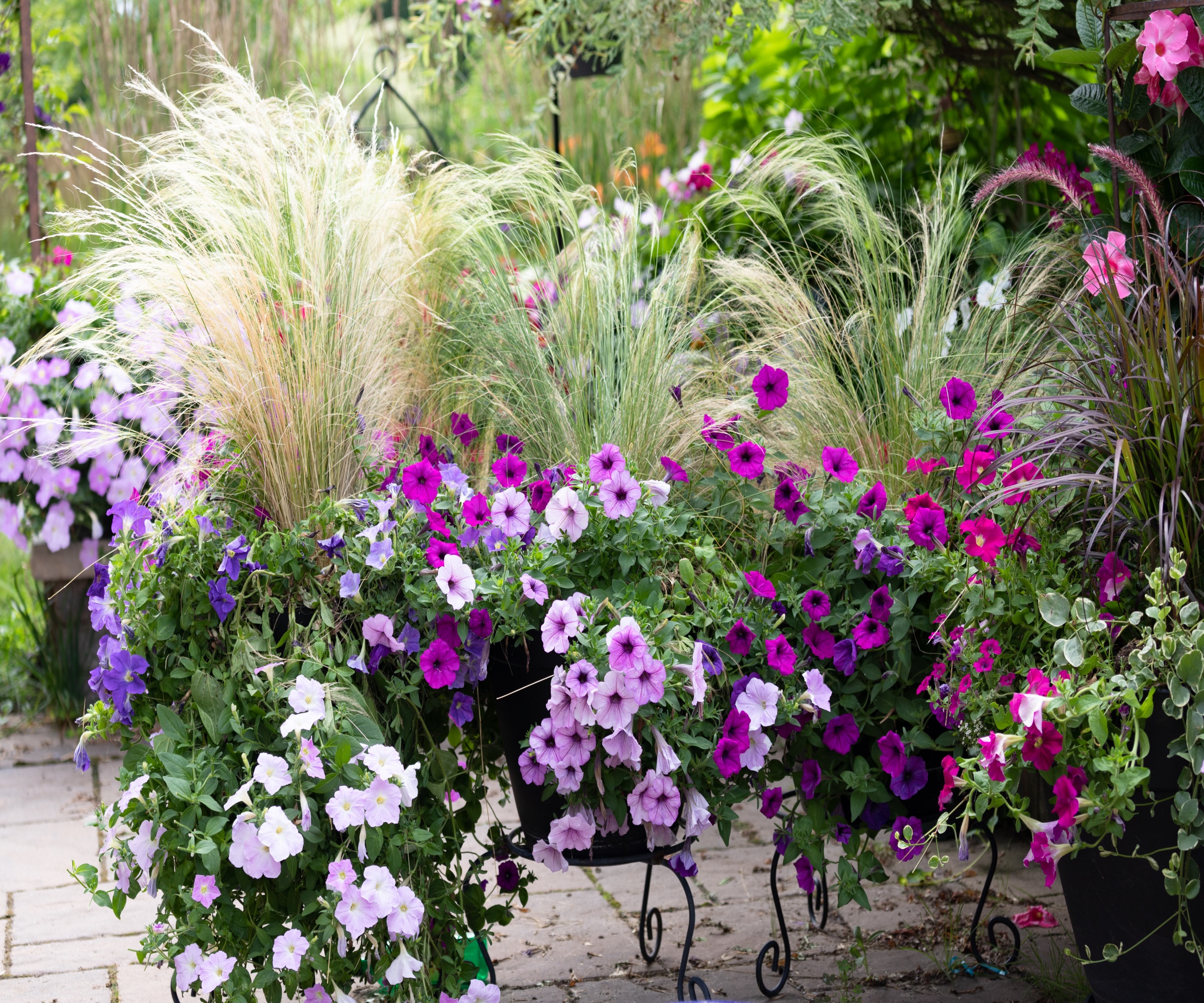
Ornamental grasses are an elegant foil to the pops of color provided by other plants
Ornamental grasses add movement and airiness to containers, providing an elegant foil to the more gaudy plantings around them.
Taller varieties such as miscanthus make graceful focal plants, while low growing carex and blue fescue can be used as low-growing plants around the feature variety.
As an added bonus, if left alone in the fall, their seedheads become a focal point of their own through the winter months
Succulents
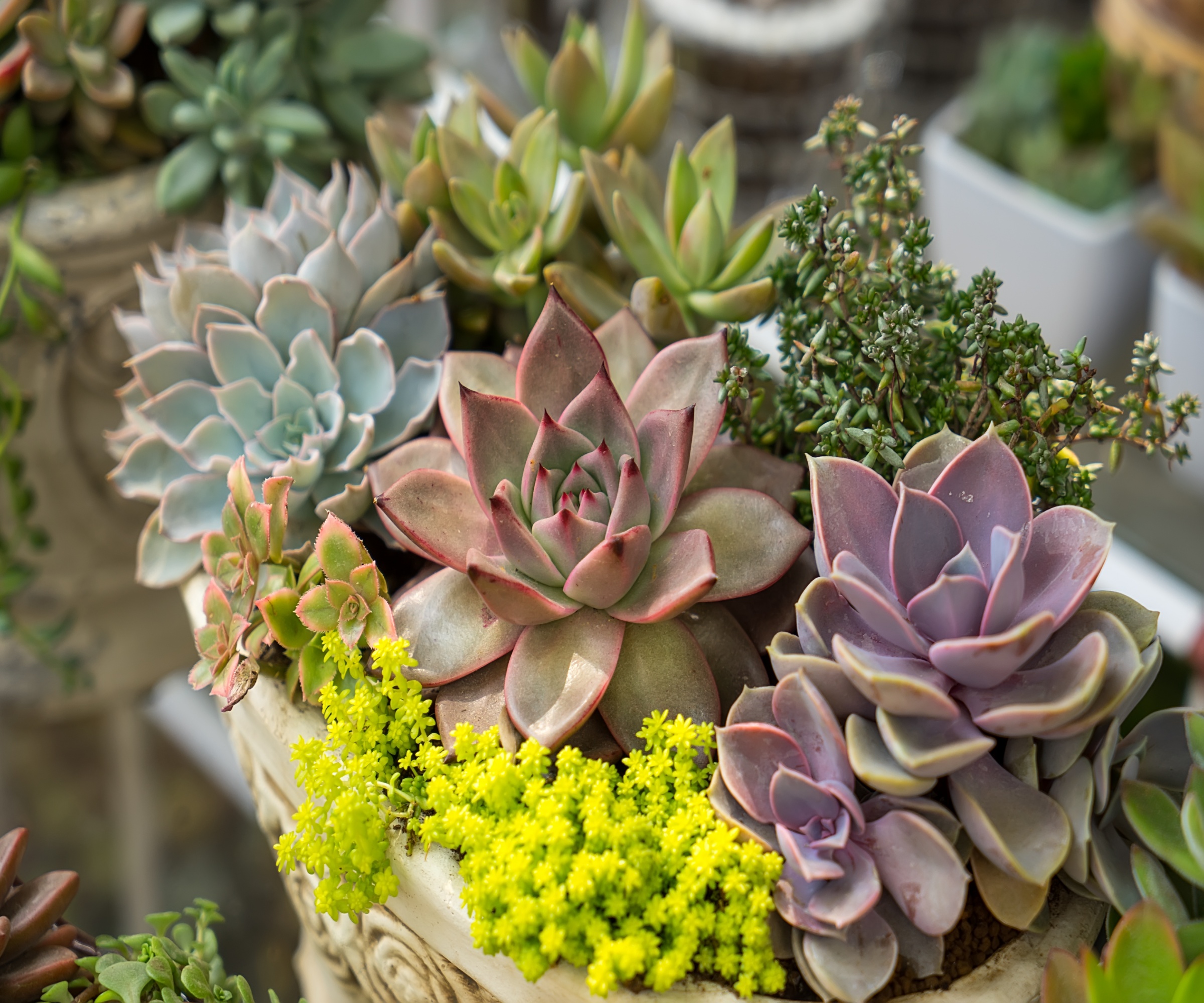
Succulents and sedums combine to create eye-catching low maintenance containers
A mixture of succulents creates intriguing low-maintenance, drought-tolerant containers. Think of cacti, echevarias, sedums, which are one of the best backyard plants for pollinators, aloe vera and sempervivum.
Make sure they are potted up in suitable potting soil. They will need a very gritty, free-draining proprietary cactus potting soil and minimal watering to prevent the fleshy plants from rotting.
Garden herbs
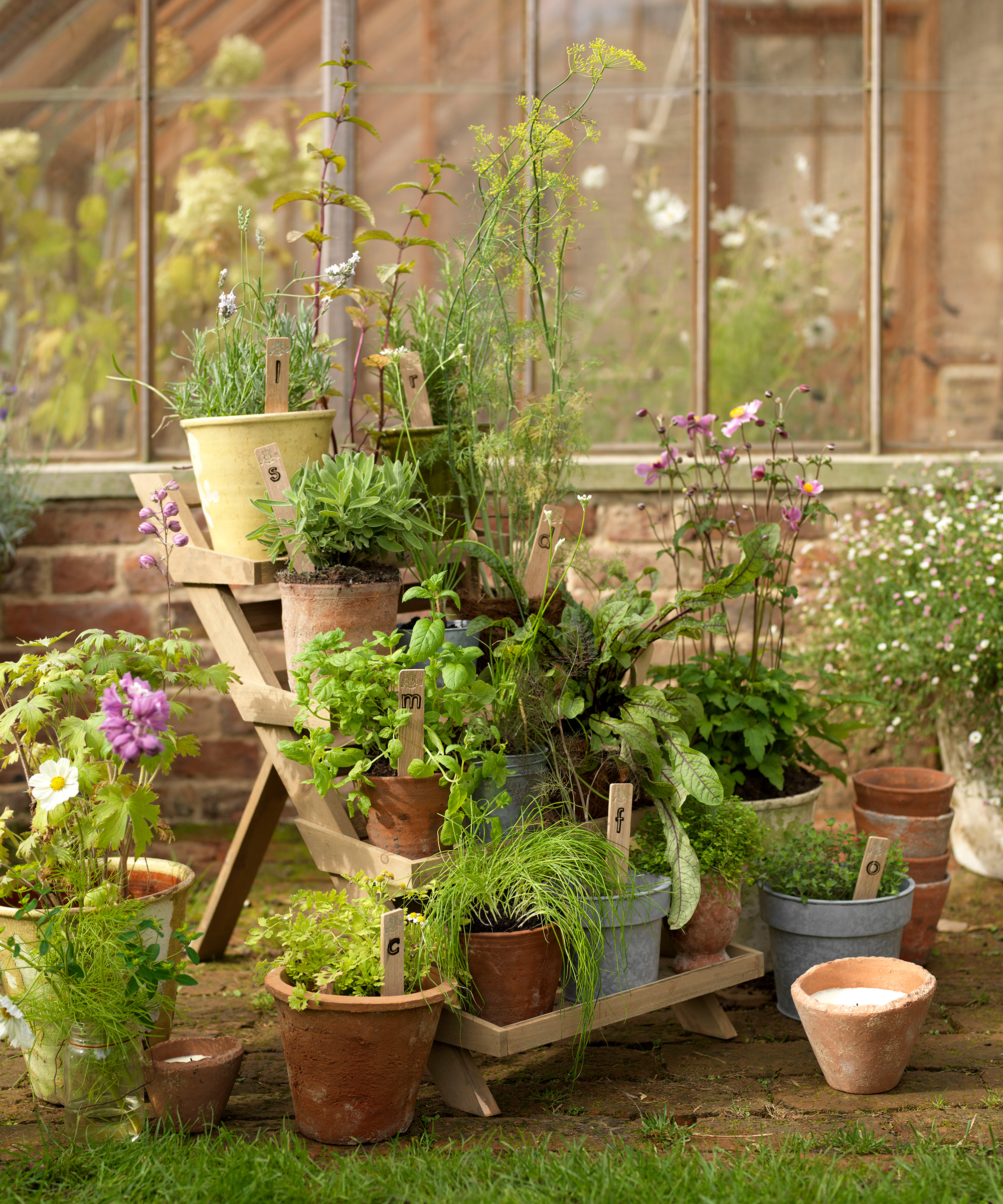
Herbs grow brilliantly in containers and can be conveniently placesd by the kitchen door
When mulling over your container gardening ideas, why not consider a herb planter? They are perfect for containers and can be grown by the kitchen door for easy access while cooking.
Consider a bushy rosemary in the center with low-growing aromatic herbs such as lemon balm, chives and creeping thyme around the outside.
Keep mints separate in their own container as they can be thuggish and take over the whole pot.
Fruit and vegetables
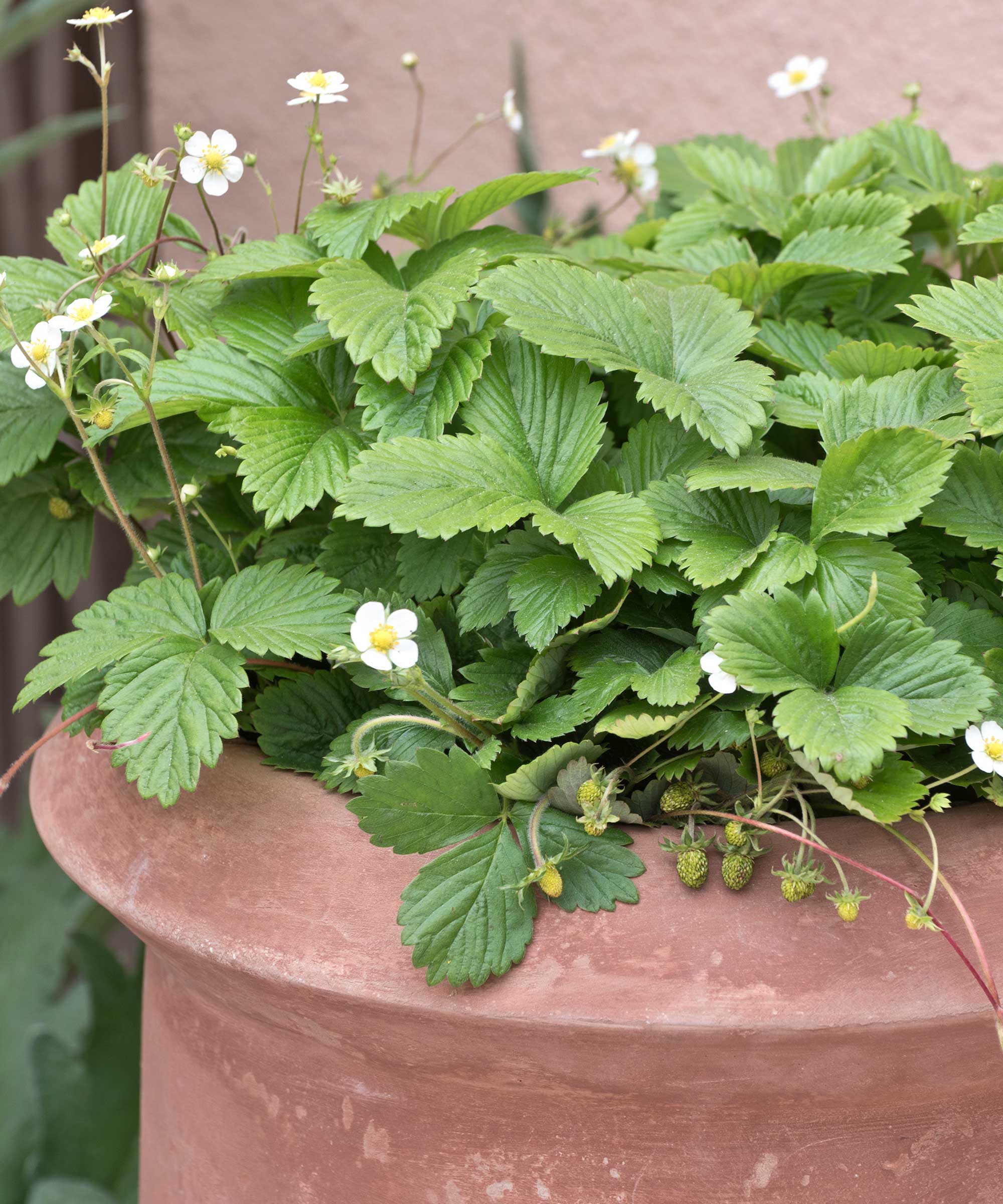
Strawberries, trailing tomatoes and many leafy vegetables are perfect for container growing
Why not try trailing fruit and vegetables? Lettuces, Swiss chard with colorful stems and dark kale such as 'Cavolo Nero' all look good in containers, either by themselves or mixed with ornamental varieties.
There are lots of tumbling tomato varieties including the original ‘Tumbling Tom’ which comes in red and yellow, ‘Cherry Fountain’, ‘Garden Pearl’ and ‘Rambling Gold Stripe’. Strawberries are another good bet.
How to plant up a container
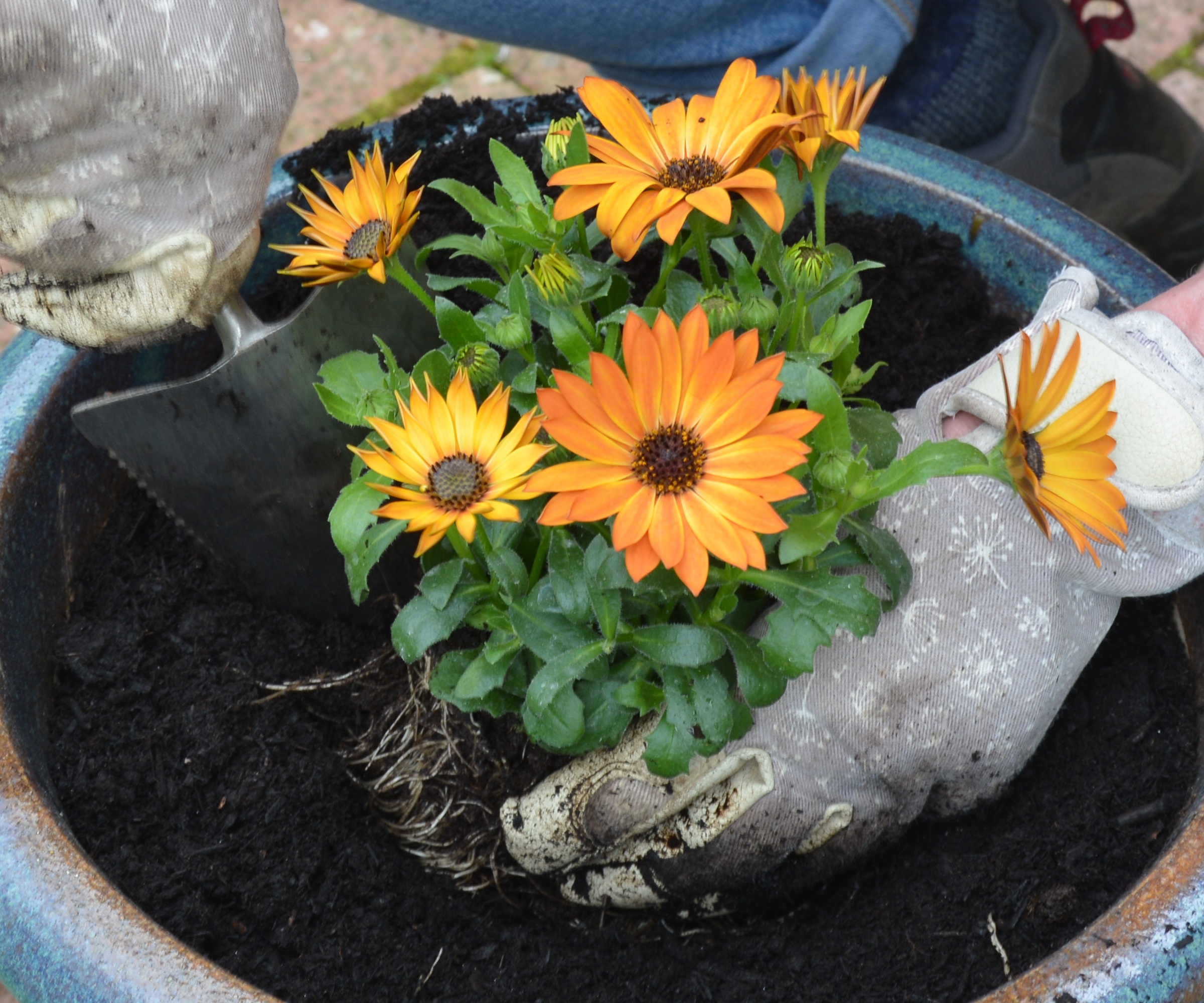
Start by adding a central feature plant to the center of your container
The method is virtually the same whether you are creating a container or planting a hanging basket and once you have got the hang of it you can use it for all your planters, whatever size they are.
- While you are getting everything ready, stand your plants, still in their pots, in a bowl of water for around 30 minutes. This gives the roots a good soak and males it easier to side them from their pots.
- A container filled with potting soil and plants is going to be heavy, so start by placing it where you want it to be.
- Add a layer of crocks (broken pieces of pottery) or gravel at the base of the pot, as this will help excess water escape and prevent your container becoming waterlogged.
- Start adding your potting soil until you have a 2in gap between its surface and the rim of the pot to make it easier to water..
- If you are using a multipurpose compost, you may want to add some fertilizer as you go to give your plants an initial boost. I also add water retaining crystals so the plants get a steady flow of moisture in between waterings.
- Now add your first central plant. Make a hole in the center of the compost, gently slip the plant from its pot and tease out the roots, then add it to your container and form the potting soil around it.
- Now add the shorter-growing plants and those with sprawling habits such as petunias, marigolds,
- Plant the trailing varieties around the edge of the pot so they tumble down attractively. Mix them up a bit, so the green trailing plants add a contrasting note to the curtain of color provided by the flowers.
- Carefully lift the planter onto its feet, then water well to irrigate the roots and settle the compost. Don’t worry about any gaps, the plants will soon grow and fill the space.
FAQs
Are containers just for summer?
Absolutely not. There are many wonderful plants that can be added to pots to bring color to your yard, patio and balcony all year round.
I like to think up long-lasting fall planter ideas and spring pot ideas using varieties of hardy varieties of cyclamen, as well as dwarf daisies, pansies and violas, not to mention miniature bulbs including snowdrops, anemones and dwarf varieties of daffodils, tulips and Iris reticulata.
Intersperse them with hardy evergreen trailing plants, ornamental grasses and herbs and you have a stunning combination that will last you through to the spring.
How often should containers be watered?
Watering plants in containers is an important job, because a lot of things growing in a confined space will quickly use up all the available moisture.
Daily watering may be essential during very hot, dry spells. Be aware that containers in sheltered areas, such as against walls or beneath the eaves of the house, may miss out on rain and need extra watering.
Always direct the watering can or hose onto the compost, not the leaves or petals. If you are using peat-free compost, it can sometimes look bone dry on top, but actually be soggy underneath. The best way to avoid overwatering is to stick a finger in the compost up to your first knuckle. If it feels dry, then water, but if it feels damp, wait another day and test again.
If the compost is very dry and water runs off or sits on the top of the potting soil, add a couple of drops of dishwashing detergent to the watering can, as this helps break the surface tension and lets the water sink in.
How often should I feed containers?
Most proprietary container potting soils come with between 4-6 weeks of fertiliser already added, and general purpose potting soil will also have several weeks' worth of goodness in it before you add any fertilizer.
We recommend starting feeding your plants around five weeks after planting, using a general purpose fertilizer when plants are growing, switching to a potassium-rich tomato feed when flower buds form, as this will encourage the plants to produce their best blooms.
Can trees grow in containers?
Many tree and shrub varieties work beautifully in containers, and scented varieties such as Daphne odora and Sarcococca hookeriana, or sweet box, make give visitors an attractive perfumed welcome if they are placed in the front porch.
Japanese maples (acers), bay trees and standard lavenders are a prime choice, but you can also grow dwarf varieties of fruit trees in pots.
Make sure the pots have good drainage and are large enough to accommodate all the roots without cramping them. Because trees take up a lot of nutrients, they will need feeding with general fertilizer in spring, plus regular feeds with liquid fertilizer through the growing season.
They will need re-potting every few years in spring, and in between they need topdressing, when the top few inches of old potting soil is removed and replaced with fresh.
To keep your containers looking glorious all summer and well into the fall, don’t forget to deadhead plants as soon as their flowers are starting to fade. This encourages them to produce new buds, so the color keeps coming for months.
Sign up to the Homes & Gardens newsletter
Design expertise in your inbox – from inspiring decorating ideas and beautiful celebrity homes to practical gardening advice and shopping round-ups.

Ruth is a Contributing Editor for Homes & Gardens, and formerly Gardening Editor of Amateur Gardening magazine. She is horticulturally trained, with a qualification from the Royal Horticultural Society. Her work for Amateur Gardening, the world's oldest weekly gardening publication, involved matching gardening tasks with each season, covering everything from sowing and planting, to pruning, taking cuttings, dealing with pests and diseases and keeping houseplants healthy. She is an expert in ornamental plants and edible crops, and everything she writes about and photographs is in her own garden, that has been a work in progress since her family moved there in 2012.
-
 Bryce Dallas Howard's bedroom is the most creative, social space in her entire home – she uses 'conversational seating' to create a multifunctional 'salon'
Bryce Dallas Howard's bedroom is the most creative, social space in her entire home – she uses 'conversational seating' to create a multifunctional 'salon'The actress's bedroom doubles as a home office thanks to its clever layout and furnishings, proving that this area is much more than a sleep space
By Hannah Ziegler
-
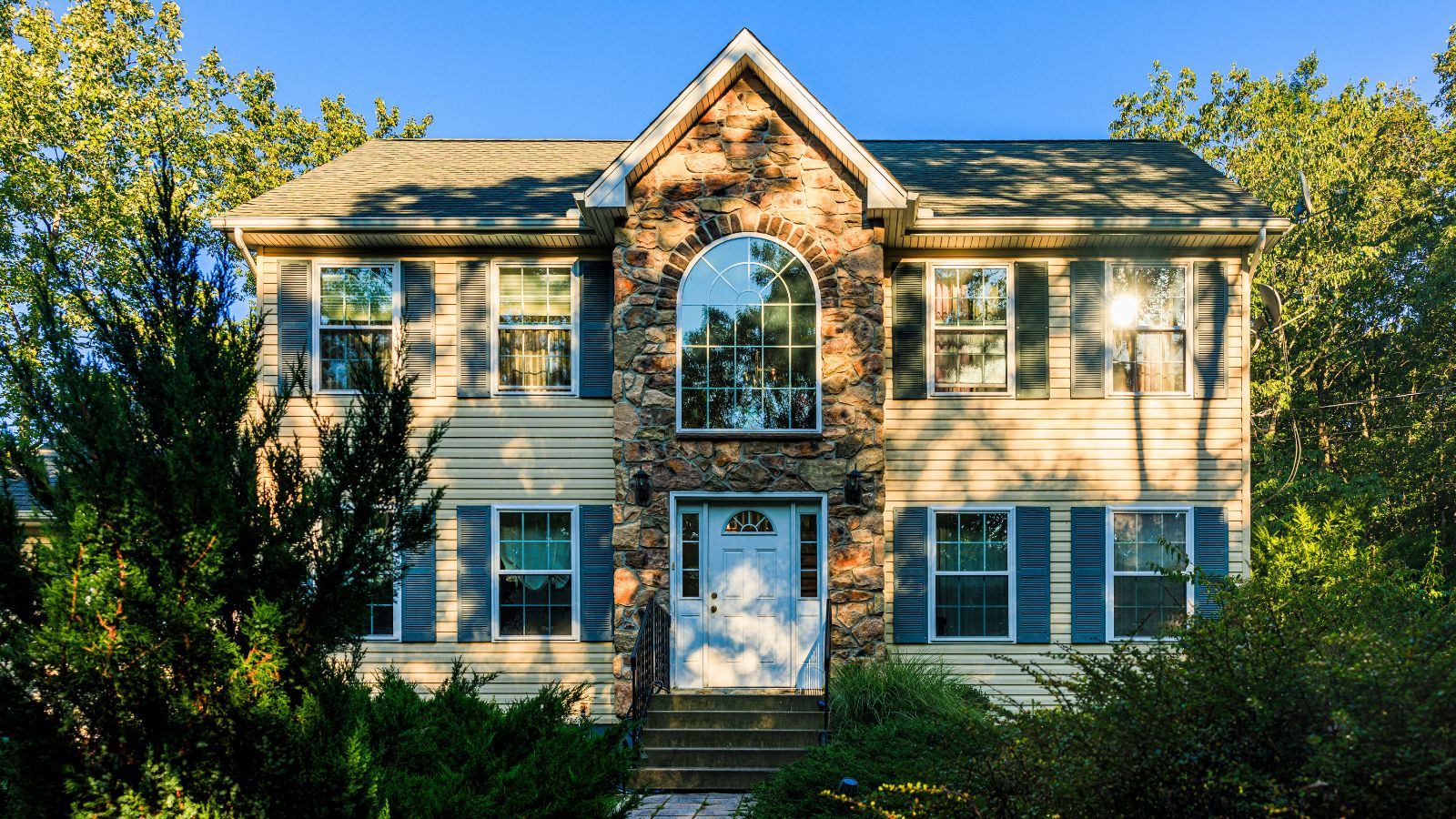 7 questions to ask yourself before moving house – realtors promise answering these questions will prevent buyer's regret
7 questions to ask yourself before moving house – realtors promise answering these questions will prevent buyer's regretDon’t make your move harder, ask these questions before moving to avoid mistakes
By Chiana Dickson
-
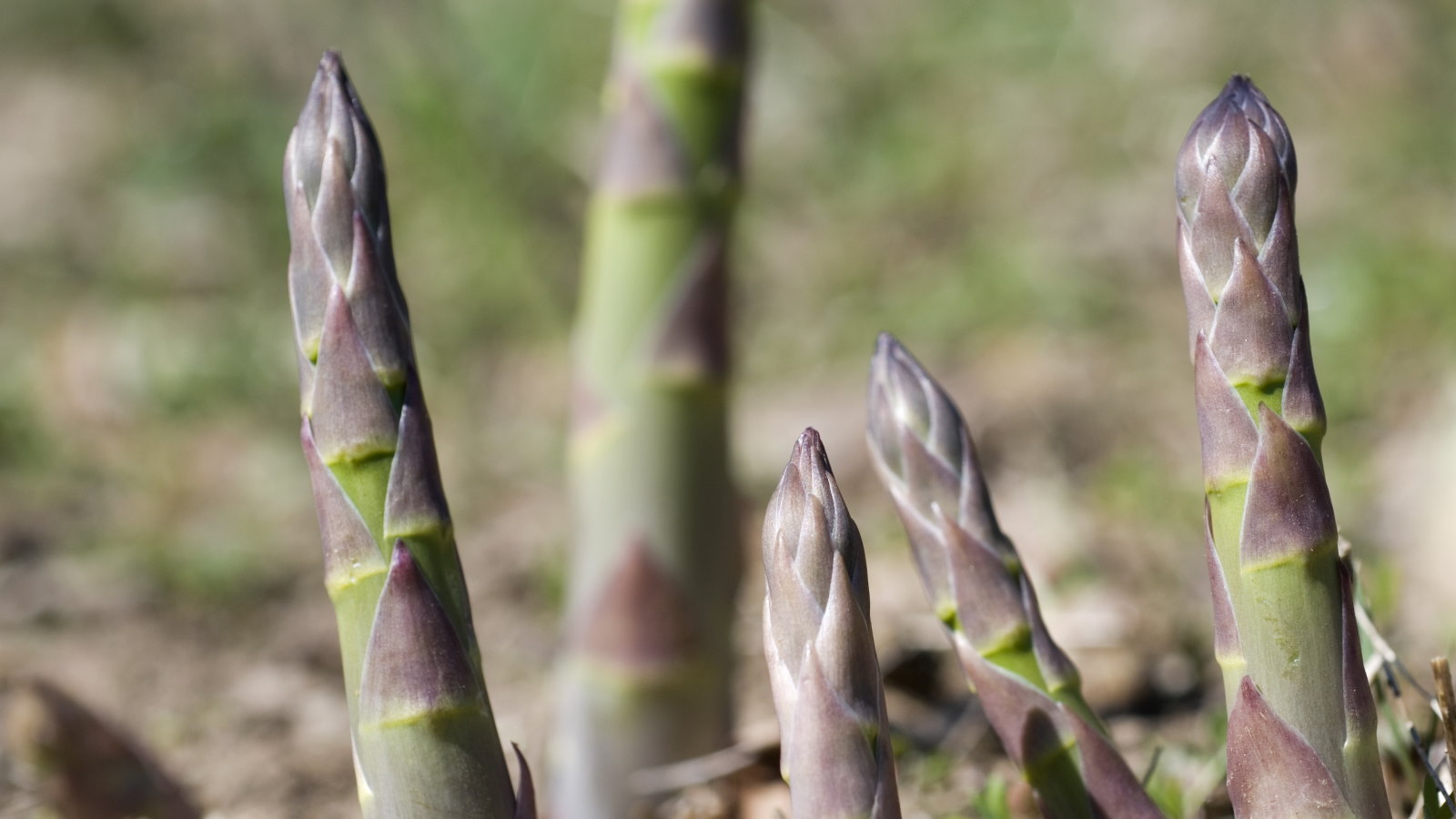 When and how to divide asparagus – expert tips to rejuvenate older plants for better yields
When and how to divide asparagus – expert tips to rejuvenate older plants for better yieldsDividing asparagus crowns is simple and rewarding, but you must get the timing right
By Drew Swainston
-
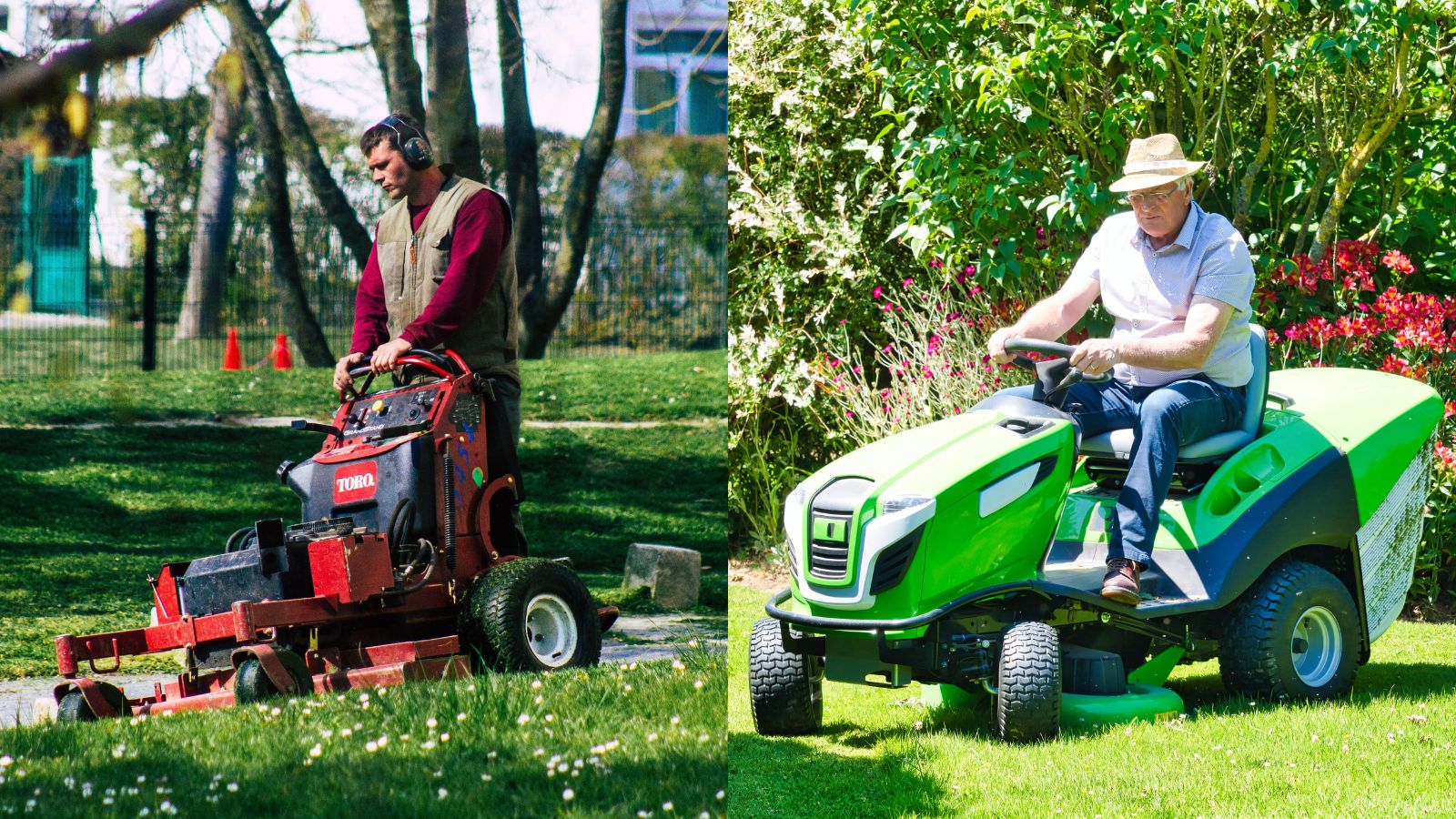 Standing mowers vs riding mowers – a mowing expert reveals which is best
Standing mowers vs riding mowers – a mowing expert reveals which is bestStanding mowers vs riding mowers is a heated debate among landscapers. I spoke to a landscaping expert to find out if standing mowers really are the best
By Alex David
-
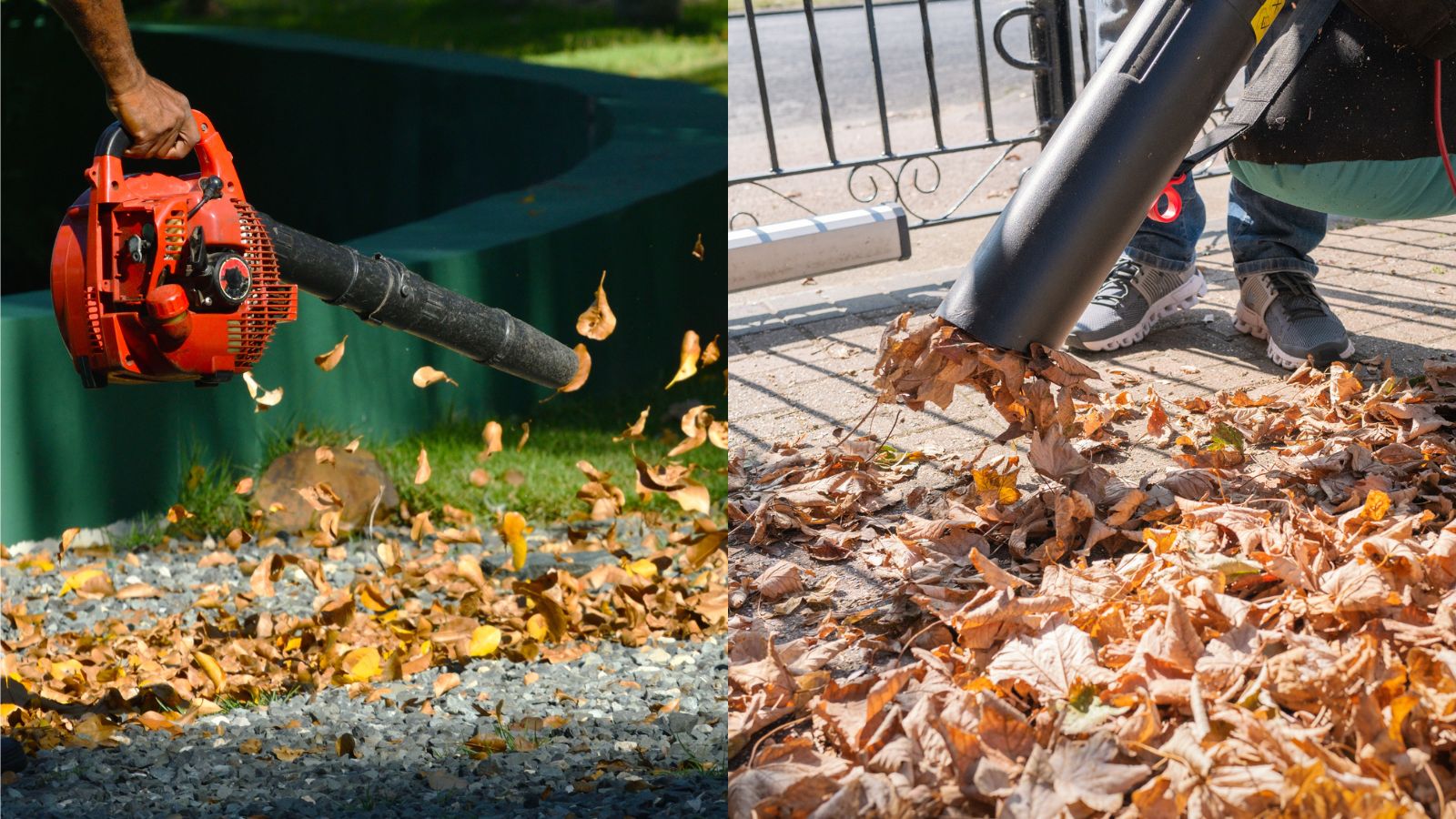 Leaf blowers vs leaf vacuums – which is best for your yard, and should you bother with either?
Leaf blowers vs leaf vacuums – which is best for your yard, and should you bother with either?It's not obvious which is best between leaf blowers v leaf vaccums. As a product tester, this is all you need to know about these controversial yard tools
By Alex David
-
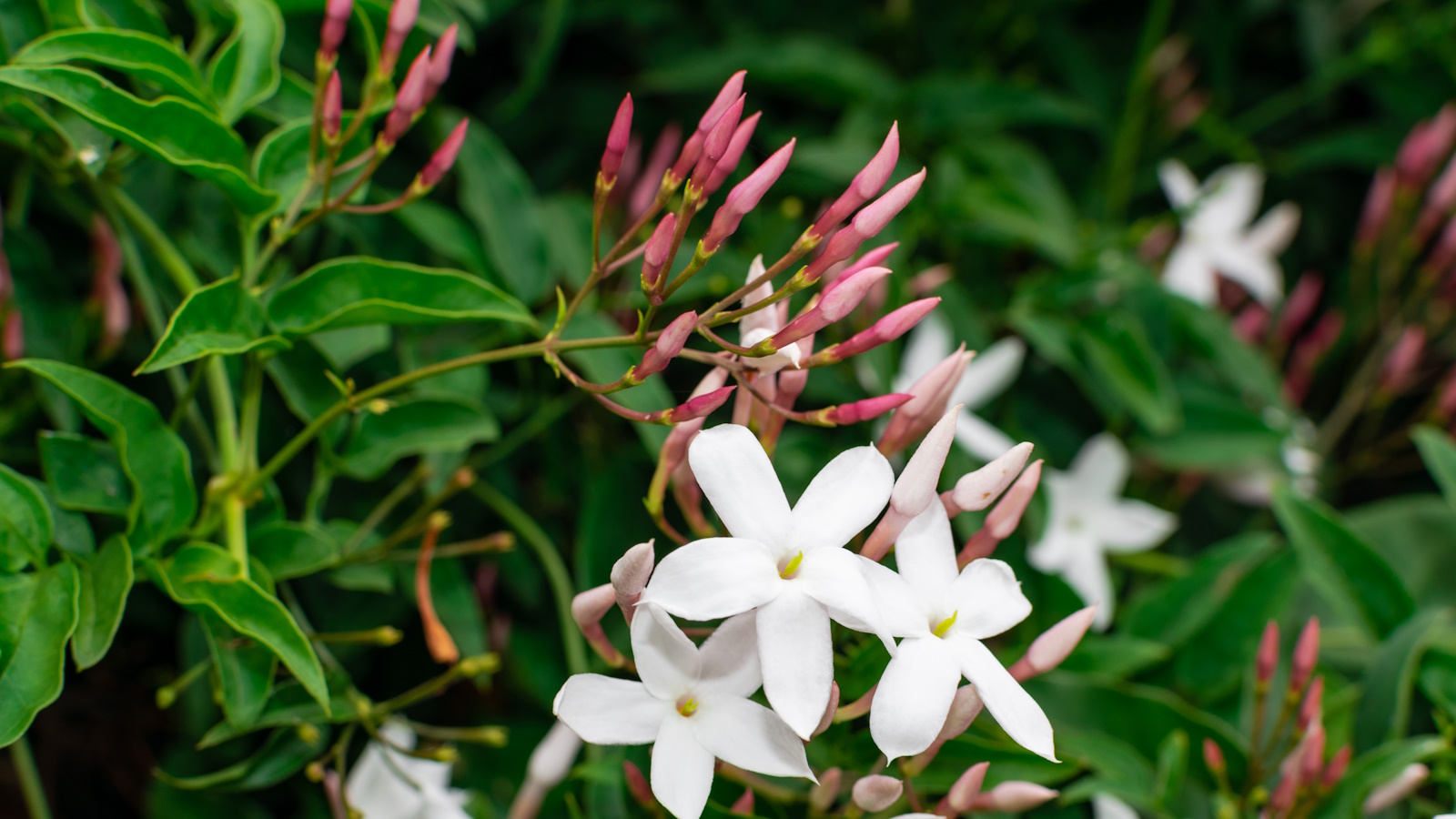 Pruning jasmine in late summer will ensure your plants bloom better than ever next year
Pruning jasmine in late summer will ensure your plants bloom better than ever next yearTiming is critical when pruning summer-flowering climbers
By Thomas Rutter
-
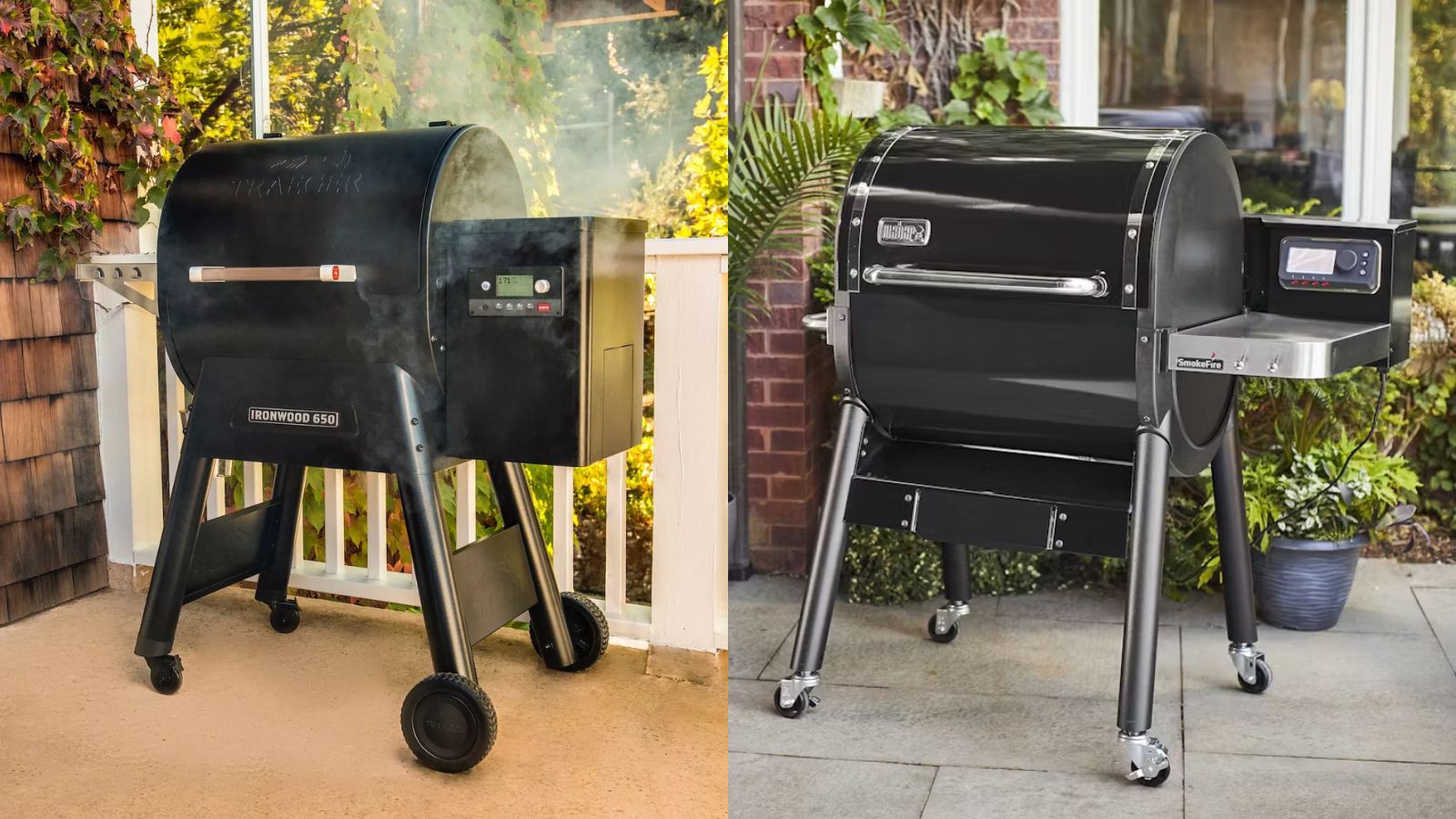 Weber vs Traeger – which pellet grill should I buy? Advice from a product tester
Weber vs Traeger – which pellet grill should I buy? Advice from a product testerThey're two titans of the grilling game, but who comes out on top between Weber vs Traeger? As a product tester, this is all you need to know about the brands
By Alex David
-
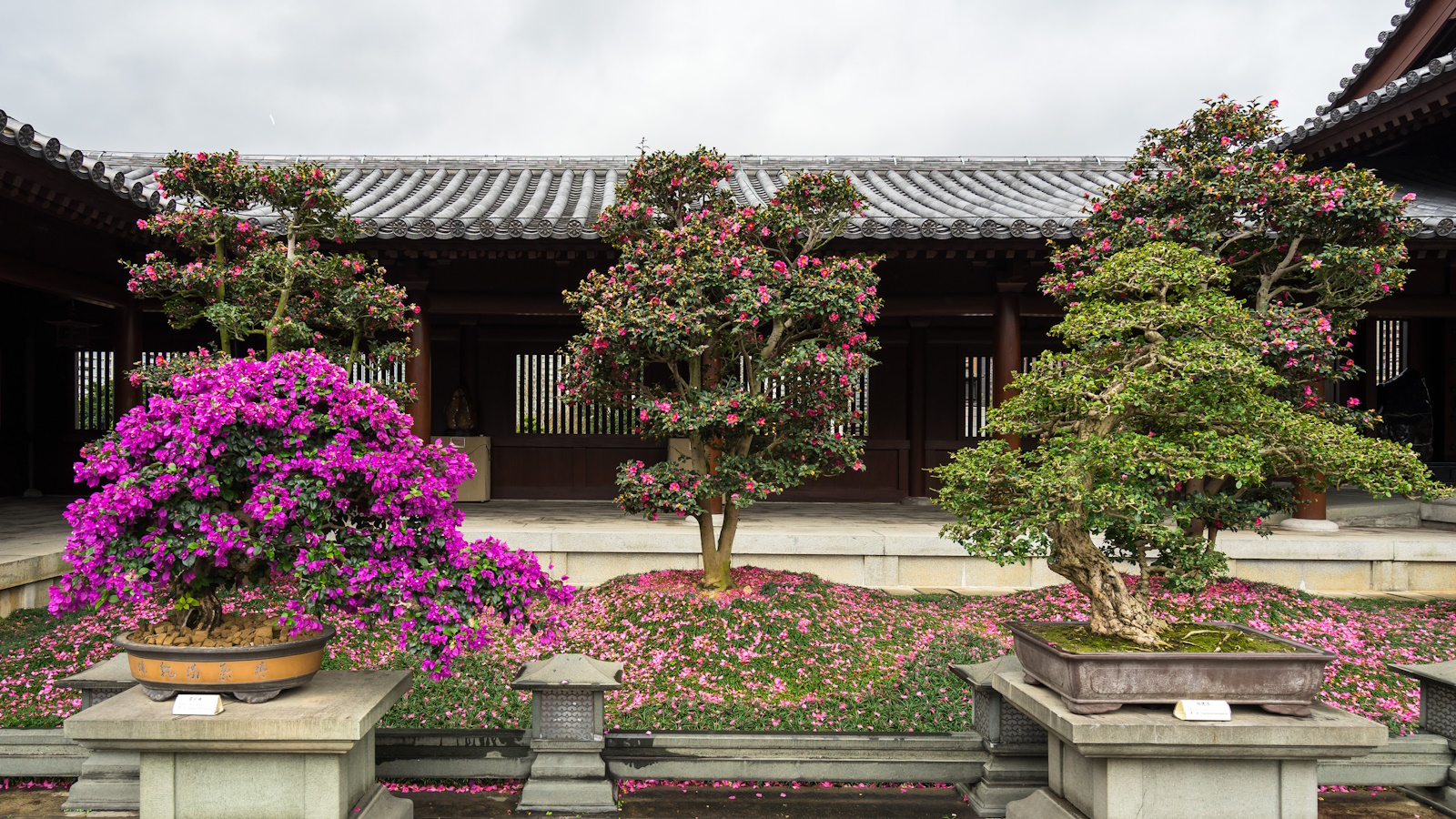 Bougainvillea in miniature – with a little patience, anyone can grow these vibrant plants in bonsai form
Bougainvillea in miniature – with a little patience, anyone can grow these vibrant plants in bonsai formGrowing bougainvillea bonsai trees can add impact to even the smallest of spaces
By Thomas Rutter
-
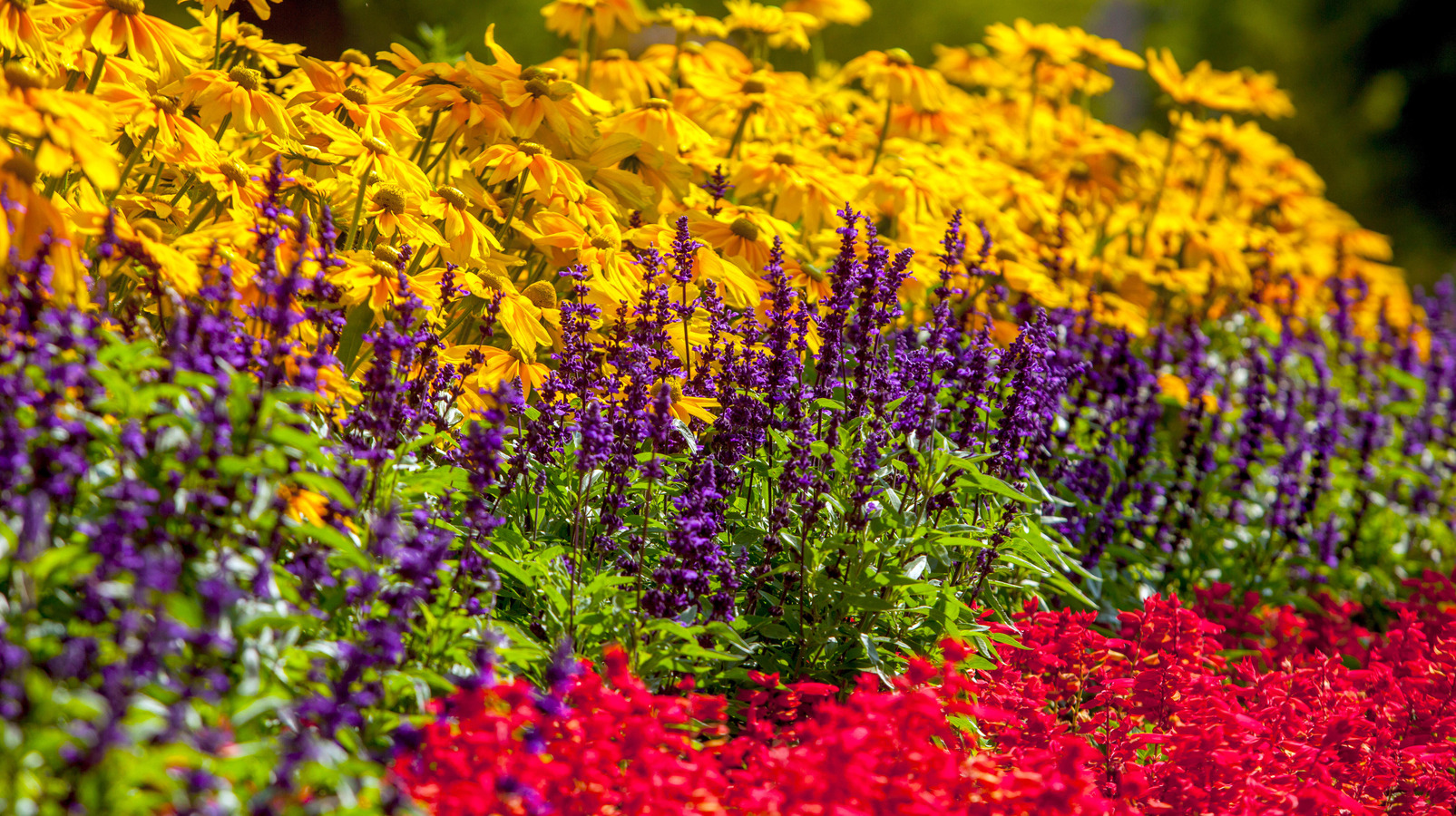 10 low maintenance, drought tolerant plants – for a beautiful and undemanding landscape
10 low maintenance, drought tolerant plants – for a beautiful and undemanding landscapeExpert plant picks for a thriving dry garden, that will make life easier and more colorful
By Jacky Parker
-
 How to grow eastern redbuds – the cherished native tree with striking spring blooms
How to grow eastern redbuds – the cherished native tree with striking spring bloomsAdaptable and reliable, eastern redbuds are tough trees that will not disappoint
By Thomas Rutter

